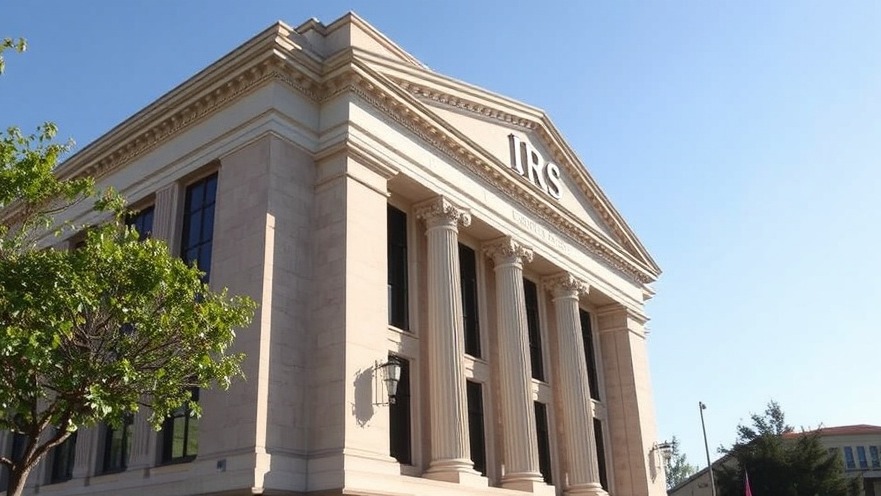
Projected Budget Shortfalls: A Crucial Dilemma for Harris County
As Harris County faces a staggering projected budget shortfall of $270 million, the implications of funding cuts are deeply concerning. County Judge Lina Hidalgo is advocating for a tax increase to support child care efforts as pandemic-era funding is set to expire, a proposal that raises both hopes and apprehensions among residents. The need for sustainable funding is critical, especially given that families have benefitted immensely from the county's child care programs boosted by COVID stimulus money.
The Child Care Landscape: A Struggle for Families
The current child care crisis reflects broader issues faced by working families across the United States. Although demand for quality care is soaring, many families grapple with affordability and access, leaving them torn between employment and child care responsibilities. Hidalgo’s plans to extend support could provide relief for parents in Harris County, a region identified as one of the hardest hit by the pandemic’s economic impact.
A Call for Public Engagement: Let the Voters Decide
Before moving forward, Hidalgo must rally local leaders to place the funding question on the upcoming ballot. By encouraging public input, she seeks to give voters the power to decide, stating, “Forget whether you support it or not, just let the people decide.” This democratic approach highlights the importance of community engagement, especially in a time when essential services like child care hang in the balance.
Potential Opposition: A Call for Fiscal Responsibility
Analysts anticipate dissent from certain factions within the county, particularly among commissioners wary of extending tax burdens during a budget crisis. Opponents argue that existing financial resources should prioritize statutory responsibilities over new programs perceived as luxuries in a strained fiscal environment. Commissioner Tom Ramsey emphasizes the need for “common sense” in navigating this financial dilemma.
Learning from Other Texas Cities: Successful Models Exist
Harris County isn’t alone in this struggle; other major Texas cities, such as San Antonio and Travis County, have successfully implemented tax increases to expand child care initiatives. They serve as vital blueprints showcasing potential pathways forward, demonstrating that investment in child care can yield significant long-term benefits for communities. By examining their experiences, Harris County has the opportunity to identify strategies that align with its unique challenges.
Community Benefits: Why This Matters Now
Extending funding for child care programs isn't just about easing economic burdens—it's about fostering the workforce of tomorrow. Enhanced child care options are essential for economic recovery and growth. They allow parents to return to work knowing their children are in safe, nurturing environments, ultimately revitalizing the local economy. Empowering families with accessible and quality child care can lead to increased productivity and community resilience.
Conclusion: The Time to Act is Now
As Harris County weighs the importance of continuing its child care initiatives against pressing budget concerns, the conversation must accelerate. By remaining open to community dialogue and informed decision-making, officials can chart a path that protects families while addressing fiscal sustainability. The proposed tax increase could mean the difference between success and stagnation for countless families throughout the county.
In a rapidly changing landscape, every action toward child care improvement represents more than just a line item in the budget; it’s an investment in the future of Harris County. As Harris County residents grapple with these looming decisions, it is crucial for everyone to remain informed and engaged in the democratic process that shapes their community's future. Stay proactive and voice your support or concerns during upcoming public meetings on this critical issue.
 Add Element
Add Element  Add Row
Add Row 



Write A Comment